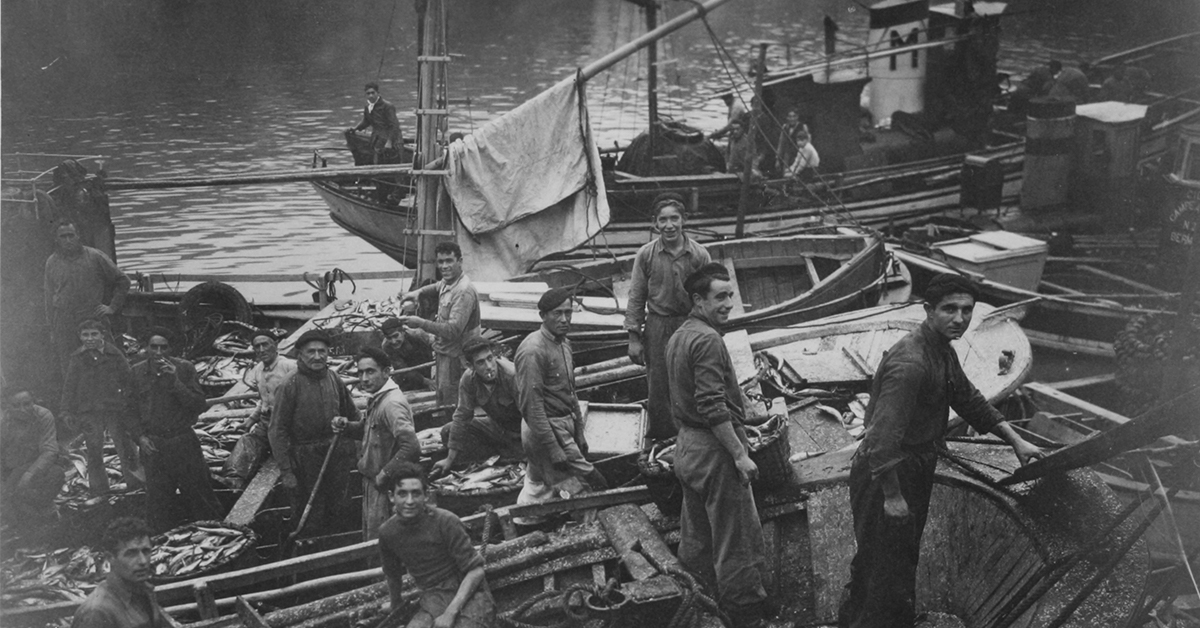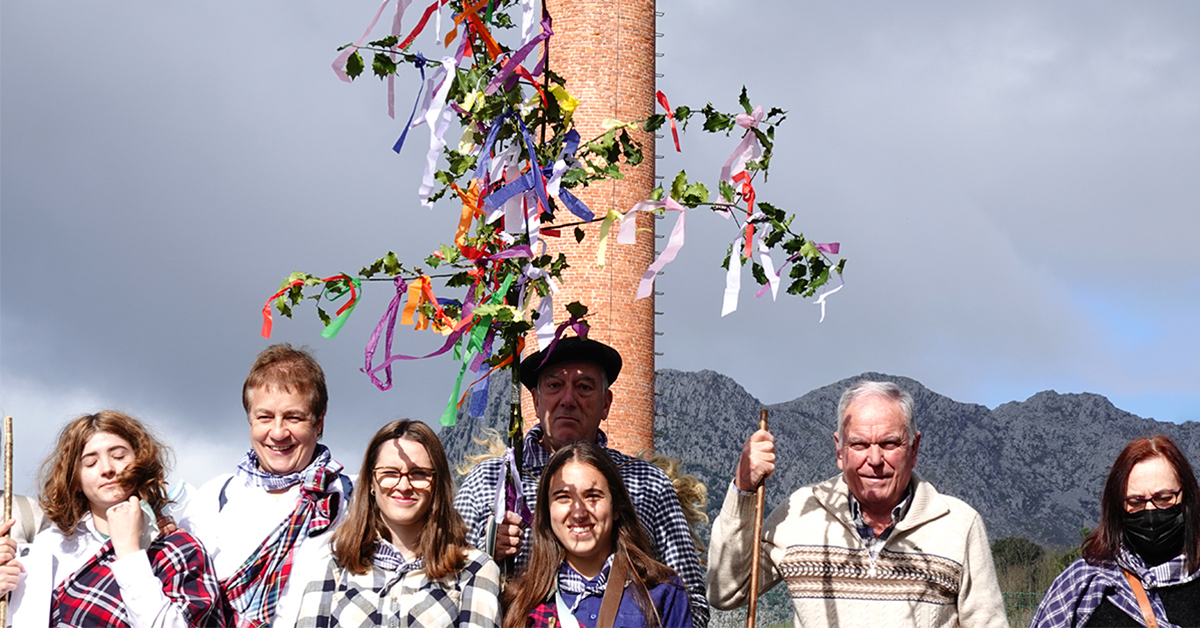Basque ethnography at a glance
Anthropologists, ethnologists, ethnographers, folklorists, linguists and historians are just some of the people who have worked on preparing systems to classify and catalogue the plethora of festivities and events on the annual calendar, both in the past and in the present.
While not overlooking the rituality, authenticity, traditionality – along with many other terms ending in ‘-ity’ –, the main contribution should, undeniably, be focused on the recreational diversity, seasonality and timelessness, the historical context, the spatial spheres, the social and cultural aspects, the context, etc.
The seizure of Basque territory and the rest of the Republican north by Franco’s troops, and the subsequent repression and exclusion, led to a great tide of exiles leaving for elsewhere. It is estimated that 100,000 Basques went into exile, from our land, between 1936 and 1937, 30,000 of whom were children, and that over 10,000 people were from the Basque Country out of the 500,000 people who left in the so-called “Withdrawal” from Catalonia to France in 1939.
The first important exodus of the Basque population abroad took place just a few weeks after the start of the war, during the Gipuzkoa campaign. Many women and children fled to France, driven by the widespread fear among the population caused by the rapid advance of the rebel troops towards the frontier area and the proximity of the fighting. From the first week of May 1937, after the Franco offensive on Bizkaia, when the frequent bombardments of the different towns led to many dead and emerging hunger, the concern spread to the whole society and resulted in the large-scale evacuation of the civilian population.
The Feast Day of St. Simon and St. Jude, on 28 October, seemed to have been the watershed between summer and winter for our forebears. Indeed, the saying goes “St. Simon and St. Jude, summer has ended and winter is here”.
Later and based on that idea, Gabriel Aresti wrote a poem, that Xabier Lete popularised and which would make him famous.
The most direct relationship – and undoubtedly of vital importance – between nature, (in its plant inanimate aspect) and the human being, in these latitudes and leaving aside the information that the virtual and audiovisual media overwhelms us with every day, is practically part of the past, but we are aware that it still remains and how it has managed to adapt.
Let us start with flowers, such as those of St. John that were arranged – along with onions, corn, wheat, cherries and herbs – into a bunch or sortie to be blessed in the church and, later, placed in the door or window of the house on the saint’s day. We now very rarely see those bunches and in a few more the flower of the thistle or eguzki lore. The fate of the custom of lighting wheat sheaves and going through private fields chanting a spell for a good crop has been worse, as it has fallen out of use.





